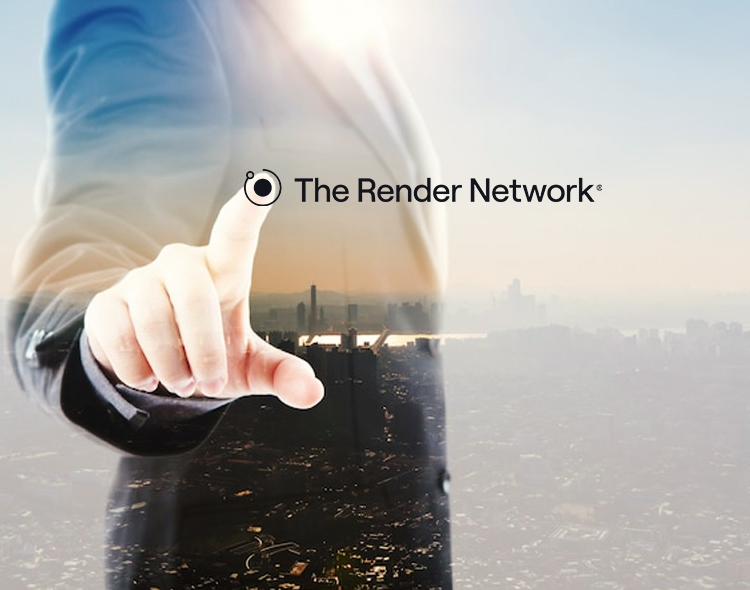Render Network Completes Move To Solana, Introduces Emissions Model
The Render Network Foundation, a Cayman-based, non-profit organization dedicated to advancing Render Network, the world’s leading decentralized compute network, today implemented a new a Burn and Mint Equilibrium (BME) model, following a successful community vote. The upgrade allows rendering and AI jobs to be paid on-chain in RENDER (previously RNDR), the network’s recently upgraded token, which now is emitted and transacted on Solana, a performant layer 1 blockchain.
Render Network’s new BME model enables the network to consistently price services using a supply and demand equilibrium, which helps creators to forecast rendering and AI jobs costs while also facilitating node operators to efficiently provide compute services. By employing this model, Render Network aims to provide an ideal balance between supply, demand, and infrastructure in GPU processing.
“The Render Network remains committed to advancing a fully decentralized ecosystem that harmonizes supply, demand, and infrastructure within the GPU processing landscape. The implementation of the Burn and Mint Equilibrium model represents a significant milestone towards realizing this vision,” said Jules Urbach, founder and architect of the Render Network.
Read More About Fintech Interviews: Global Fintech Interview with Andrey Korchak, CTO at Monite
Key aspects of Render Network’s BME model include:
- Predictable Fiat Pricing: Rendering and AI network tasks can now be priced in fiat currencies, allowing users to pay in the equivalent amount of native RENDER token or fiat for real-time services.
- Emissions and Incentives for Network Participants: Predictable token emissions within the BME model incentivize GPU suppliers to serve the network’s growing demand. Network emissions are distributed on a predefined declining schedule, viewable under RNP-003, ensuring network stability. In RNP-006 the community passed an Emissions Schedule for the first year allocating 9,126,804 RENDER to aid the network.
- Token Burning and Emissions: Upon completion of work, creators pay for jobs by converting fiat to RENDER using distributed liquidity pools. The RENDER is subsequently burned in exchange for completion of the work. A transparent log of these transactions is maintained by the protocol, which forms the basis for rewards for contributors at each epoch’s end.
- Epoch-Based Allocation: Emissions are also allocated on an epoch-by-epoch basis, typically spanning a week period based on network usage. Adjustments to epoch durations can be made by a governance vote to effectively respond to changes in network utilization.
Fintech Insights : Leveraging the Power of Payments to Forge Better Employee Relations
[To share your insights with us, please write to pghosh@itechseries.com ]
